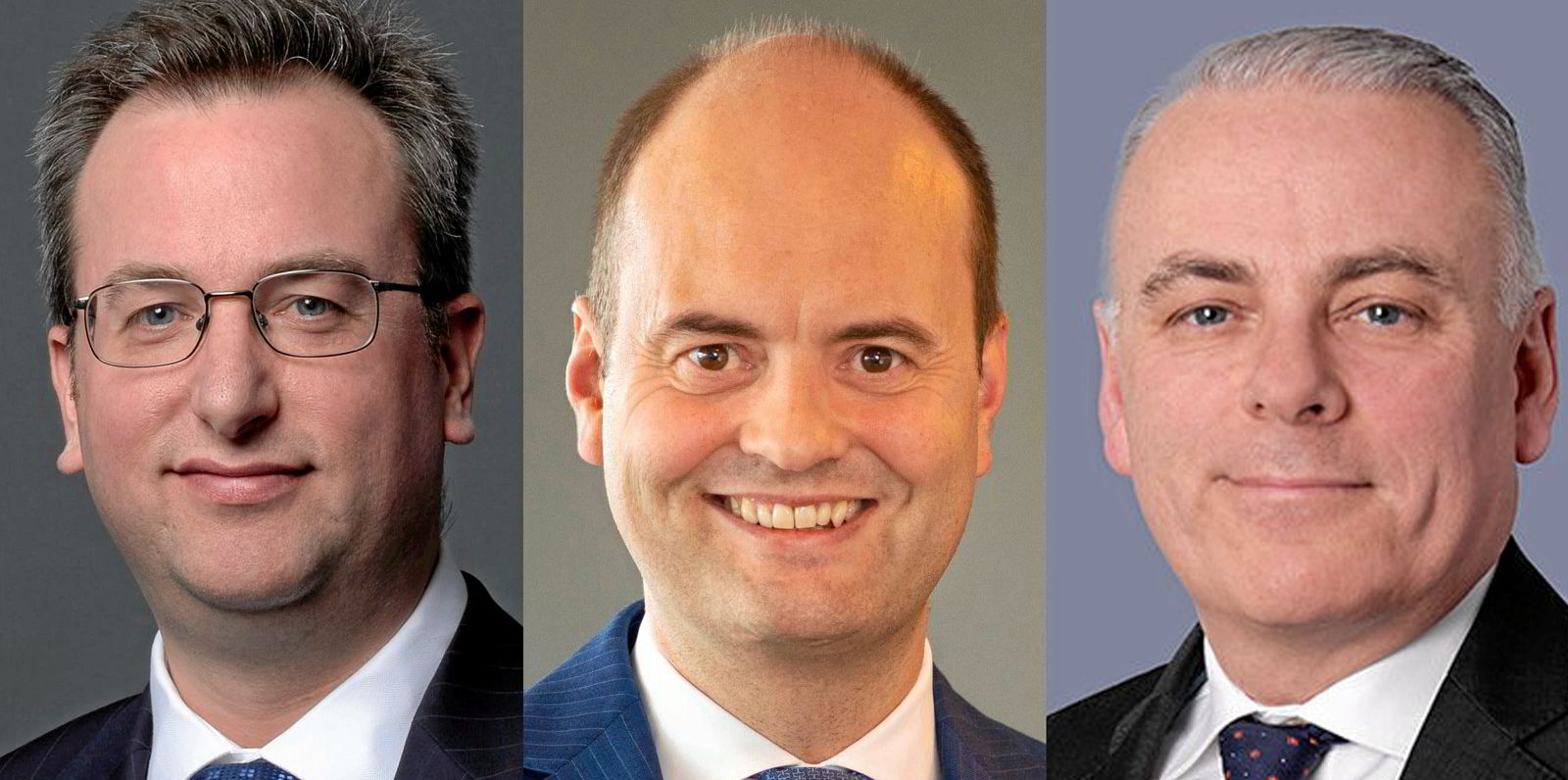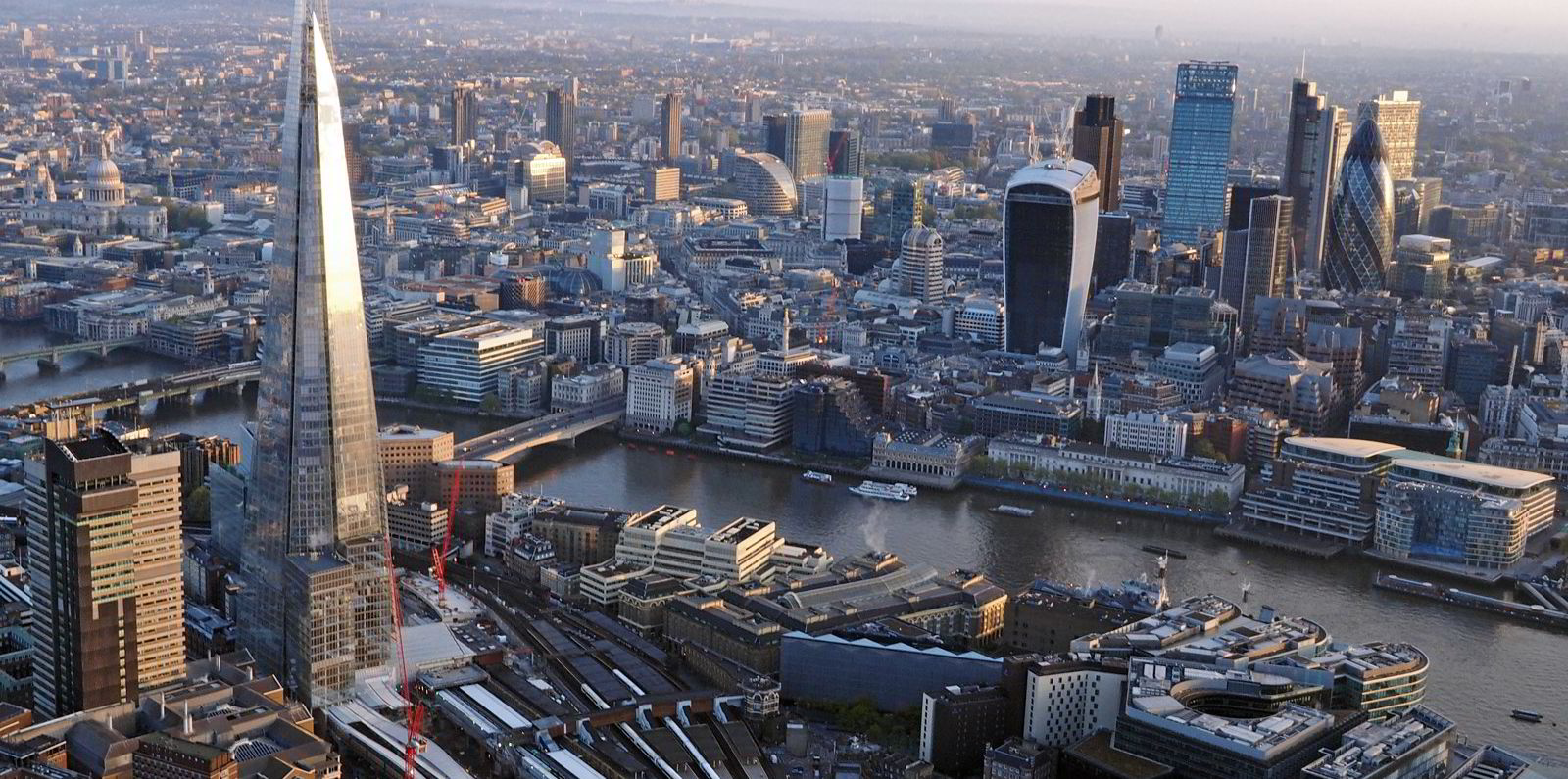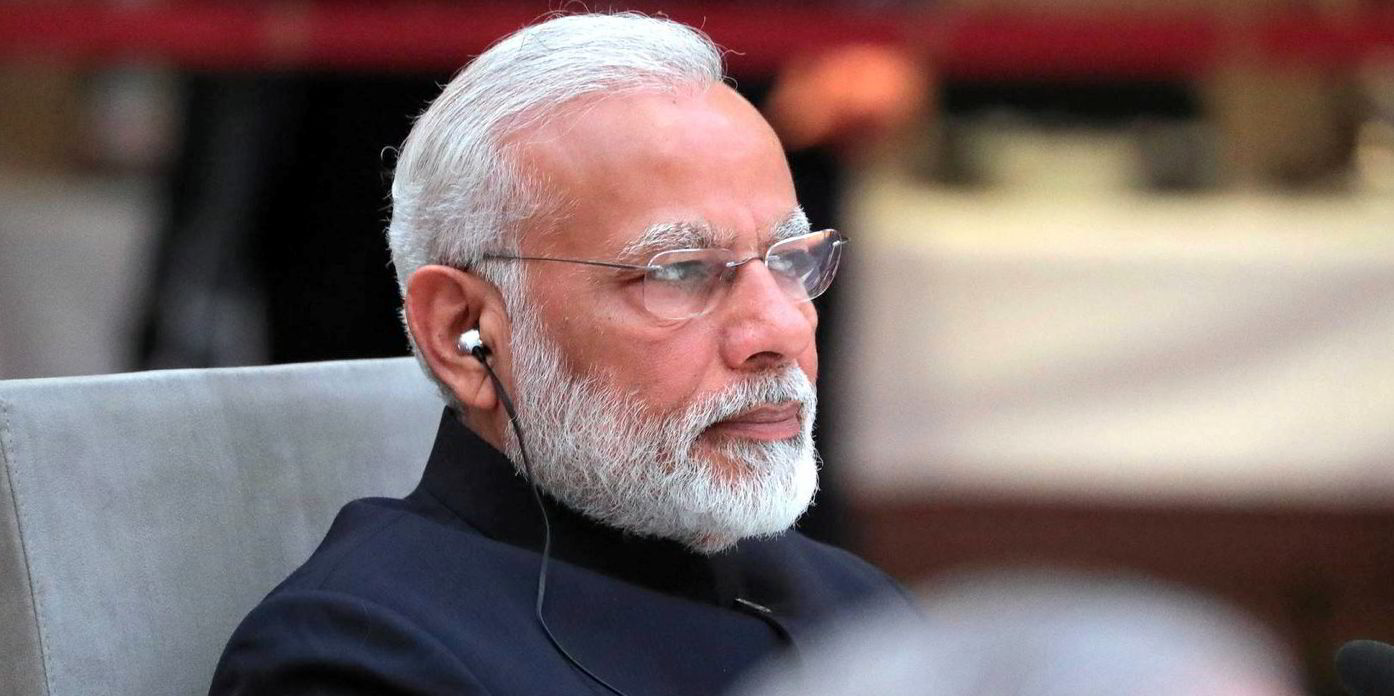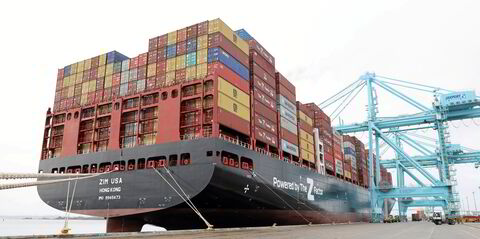The pressure has eased on protection and indemnity insurers to take a tough line on rates with their shipowner members at the upcoming renewal.
After three years of increasing rates, P&I pricing now appears to have reached levels where the clubs can break even.
Underwriting results have finally recovered to the extent that most clubs are heading for an underwriting profit or breakeven this year.
Added to that claims are down and the bond market — where P&I clubs invest most of their cash — is working in their favour, helping to boost financial reserves.
Some clubs have even felt confident enough to redistribute capital to members.
A reduction in shipowners’ contribution to the International Group of P&I Clubs’ reinsurance policy has also added to the feeling that this year’s renewal will be less painful.
Clubs are asking for lower general increases of between 5% and 7.5%, while many clubs are simultaneously adjusting deductibles to offset claims inflation in lower-level claims.
Britannia P&I chief underwriting officer Simon Williams dismissed the notion of an effortless renewal but acknowledged that this year P&I clubs find themselves in a more favourable position.
“I think it is fair to say there is never an easy renewal,” he said. “Without a doubt, it has helped that the [International] group excess renewal has been very good, so there has been a decrease in reinsurance costs.
“Britannia has been advantaged by giving a capital redistribution in October and I think that is still playing through in some of our renewal discussions.”
Book of owned tonnage
- The American Club: 23m gt
- Britannia P&I: 142m gt
- Gard: 277m gt
- Japan P&I: 90.2m gt
- London P&I: 44.2m gt
- NorthStandard: 260m gt
- The Shipowners’: 30m gt
- Skuld: 115.7m gt
- Steamship Mutual: 117.1m gt
- Swedish Club: 55.7m gt
- UK P&I: 153m gt
- West of England: 95m gt
Most clubs are optimistic they will be able to achieve the planned increases in premiums this year.
With P&I clubs under less pressure to clean up their portfolios and kick out underperforming members, renewal talks are also likely to be less confrontational, brokers say.
The general expectation is there will be less movement between clubs at this year’s renewal.
“My early feeling would be that support from membership and brokers is strong, and I think we will achieve what we set out to achieve in terms of the premium rating,” said UK P&I Club chief executive Andrew Taylor.
Having turned around an underwriting loss, which resulted in a combined ratio of 149% through rate adjustment, Taylor said the club is now in a position to look at other ways to improve.
“We really want to focus on the things that are at the heart of what we do. We are focused on claims service, and we are looking to build partnerships with our existing members, with the view that we can increase the amount of business that we do with members that we trust.
“If we can ally that with our financial strength and product base then hopefully we will continue to grow as we have been,” he said.
But there are concerns. There have now been two successive benign years for the International Group’s pool claims, which have been a major contributory factor to the improvement in underwriting performance.
The pool covers claims in excess of $10m, which are shared among P&I members and their reinsurers.
The performance of the pool can vary significantly year on year and another poor year could once again set back club finances.
War on shipping
This year’s renewal is taking place against the backdrop of the conflict in shipping involving Yemeni-based Houthi rebels, whereas the previous year had the focus sharply on Russia’s war in Ukraine during the renewal period.
Although the events are more a war risk than a P&I issue, the clubs are still affected by the changing trade patterns, economic impact and more directly by sanctions.
“When it comes to the immediate impact of what is happening on the Red Sea, we are more involved on the advisory side,” said Skuld chief executive Stale Hansen.
“But on a broader scale, and for the future, I think it is more of a concern perhaps on how this will disrupt trade patterns and create more division between the east and west,” he said.
“Since the investment portfolio is a strong element of the performance of the P&I clubs, how the geopolitical level will impact the finance markets is part of the bigger picture and that will definitely have an impact on us,” he said.
Additional P&I executives highlight that the heightened tonne-miles and diversions through perilous seas, such as the Cape of Good Hope during the southern hemisphere winter, can amplify the risk of maritime casualties.
One expressed concern that coastal states tend to take a tougher line on claims at times of international crisis.
Ageing fleet demands
P&I clubs also face concerns over the ageing global fleet. Limited shipyard capacity and hesitancy in ordering new tonnage, driven by uncertainties over environmental regulations, have resulted in P&I clubs with an increasingly aged fleet on their books.
Older ships command a higher premium because of the higher risk profile. But once the fleet renewal takes off, it could leave P&I clubs with a sudden fall in income when the so-called churn effect takes hold.
“Some owners we are talking to are holding back on fleet renewal until there is more certainty,” said Britannia P&I’s Williams.
“We might have a situation where clubs are sitting on tonnage which is ageing and, therefore, enjoying the effect of compounded increases that will eventually fall off the books — and that is where the challenge comes.”





